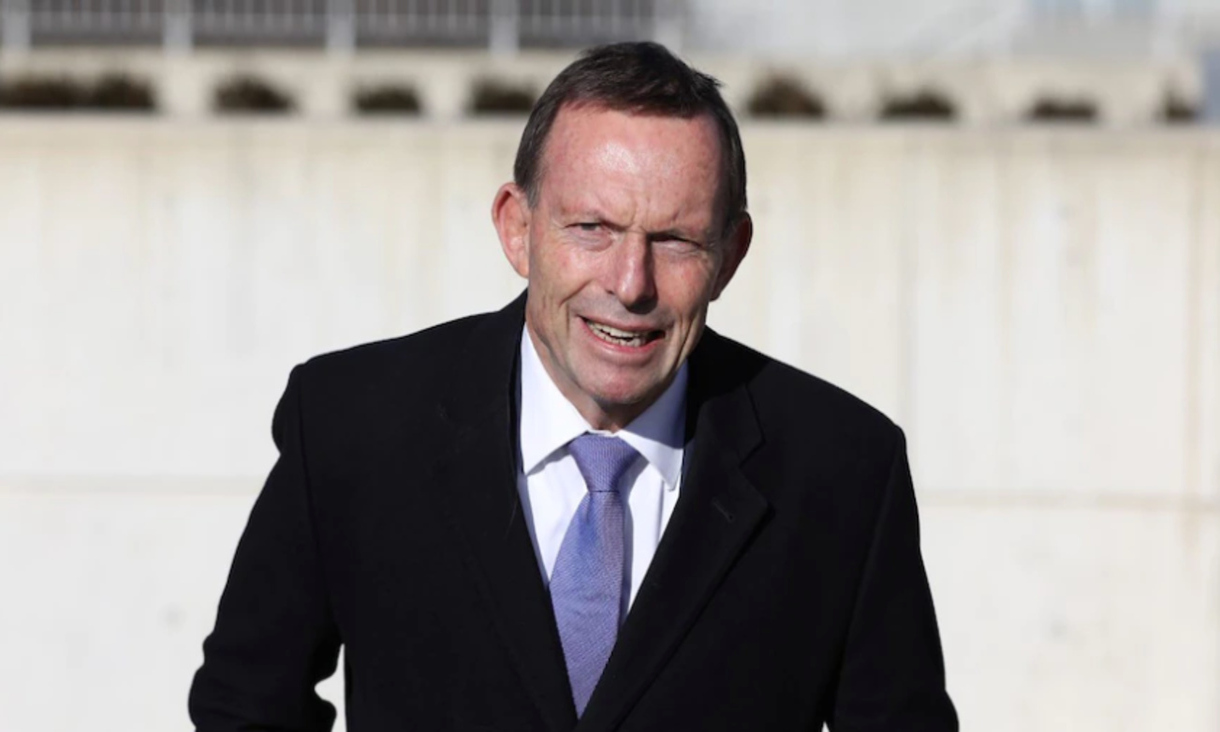
Tony Abbott is wrong – the NIAA doesn't spend $30 billion a year on Indigenous programs
What was claimed |
The verdict |
The National Indigenous Australians Agency (NIAA) spends $30 billion a year on Indigenous programs. |
False. Budget papers show that the agency has never administered funding of $30 billion per annum. |
 Former prime minister Tony Abbott (Credit: ABC News, Matt Roberts)
Former prime minister Tony Abbott (Credit: ABC News, Matt Roberts)
By David Campbell
In the lead-up to this year's Voice to Parliament referendum, the National Indigenous Australians Agency (NIAA) has become a lightning rod for misinformation, including bogus claims that it helped author a secret list of demands for the Voice to implement.
The executive agency, which provides advice to the prime minister and minister for Indigenous Australians, has the task of coordinating the federal government's service delivery and policies with respect to First Nations Australians – leading some to wrongly equate it with the proposed Voice, despite clear differences in its role, composition and independence.
During a radio interview with 2GB's Ben Fordham this week, former prime minister Tony Abbott also name-checked the NIAA, citing the "hundreds of people" working for the agency in Canberra as among the reasons a Voice was not needed.
He then claimed that the agency "disburses something like $30 billion a year on various Indigenous programs".
The interview has been shared by supporters of the no campaign on public Facebook groups opposing the proposed Voice. Mr Abbott's comments echo similar claims on social media.
However, in a statement to RMIT FactLab, a spokesman for the NIAA said it "has never administered funding of $30 billion per annum".
He added that the agency administers programs through the Indigenous Advancement Strategy (IAS), and had "provided grant funding from the IAS of $1.6 billion in the 2022-23 financial year".
Budget portfolio statements for the agency — which has only existed since 2019 — reveal that its "total resourcing" was $4.5 billion in 2022-23, which was higher than in previous years.
According to budget appropriations documents, the government allocated $2.1 billion to the NIAA in 2022-23.
Social media users are spreading claims similar to the one made by Mr Abbott, with one user claiming that "dedicated Indigenous bodies" such as the NIAA were collectively "funded to the tune of 30 BILLION PLUS dollars".
But FactLab was unable to find any reports or data dealing directly with total spending on "dedicated Indigenous bodies".
Rather, the $30 billion figure appears to have come from the Productivity Commission's most recent Indigenous Expenditure Report, published in 2017, which provides a breakdown of total "direct expenditure" on First Nations Australians.
The report estimated that direct expenditure on all Australians — by all state, territory and federal governments — totalled $556.1 billion in 2015-16, of which $33.4 billion (6 per cent) was spent on First Nations people.
The vast majority of that ($27.4 billion) was simply the Indigenous share of "mainstream expenditure" — that is, expenditure "provided for all people", including spending on schools, hospitals, welfare, defence and "public order and safety".
The remainder ($6 billion) was spent on "services and programs … provided to the Aboriginal and Torres Strait Islander community specifically".
In other words, Indigenous-specific expenditure accounted for 1.1 per cent of total direct expenditure on all Australians.
On average, the Productivity Commission noted, per-person direct expenditure was roughly twice as high for Indigenous than non-Indigenous Australians — largely due to higher levels of disadvantage among First Nations people. Other reasons included that the population was more likely to use government services due to its younger age profile.
As researcher James Haughton explained in a Parliamentary Library report on the 2019-20 budget, "the main driver of Indigenous expenditure is … not Indigenous-specific programs, but higher use of all government programs".
Demographic differences lead to higher per capita spending on school, university and childcare services, he wrote, while disadvantage leads to more spending on, for example, hospitals, prisons and social housing.
Writing in the Conversation about a related claim in 2016, ANU's Professor Nicholas Biddle also noted that "around one in five Indigenous Australians live in remote areas, where the cost of providing many services is significantly higher".
"So, much of the spending is to achieve the same level of services that others are accustomed to."
— with Eiddwen Jeffery
The verdictBudget papers show that the agency has never administered funding of $30 billion per annum. The National Indigenous Australians Agency administered $1.6 billion to programs for Indigenous Australians in the 2022 and 2023 financial year.
|
Editor's note (5/10/2023): This article has been updated to include additional information about government appropriations and funding administered by the NIAA.


Acknowledgement of Country
RMIT University acknowledges the people of the Woi wurrung and Boon wurrung language groups of the eastern Kulin Nation on whose unceded lands we conduct the business of the University. RMIT University respectfully acknowledges their Ancestors and Elders, past and present. RMIT also acknowledges the Traditional Custodians and their Ancestors of the lands and waters across Australia where we conduct our business - Artwork 'Sentient' by Hollie Johnson, Gunaikurnai and Monero Ngarigo.
More information